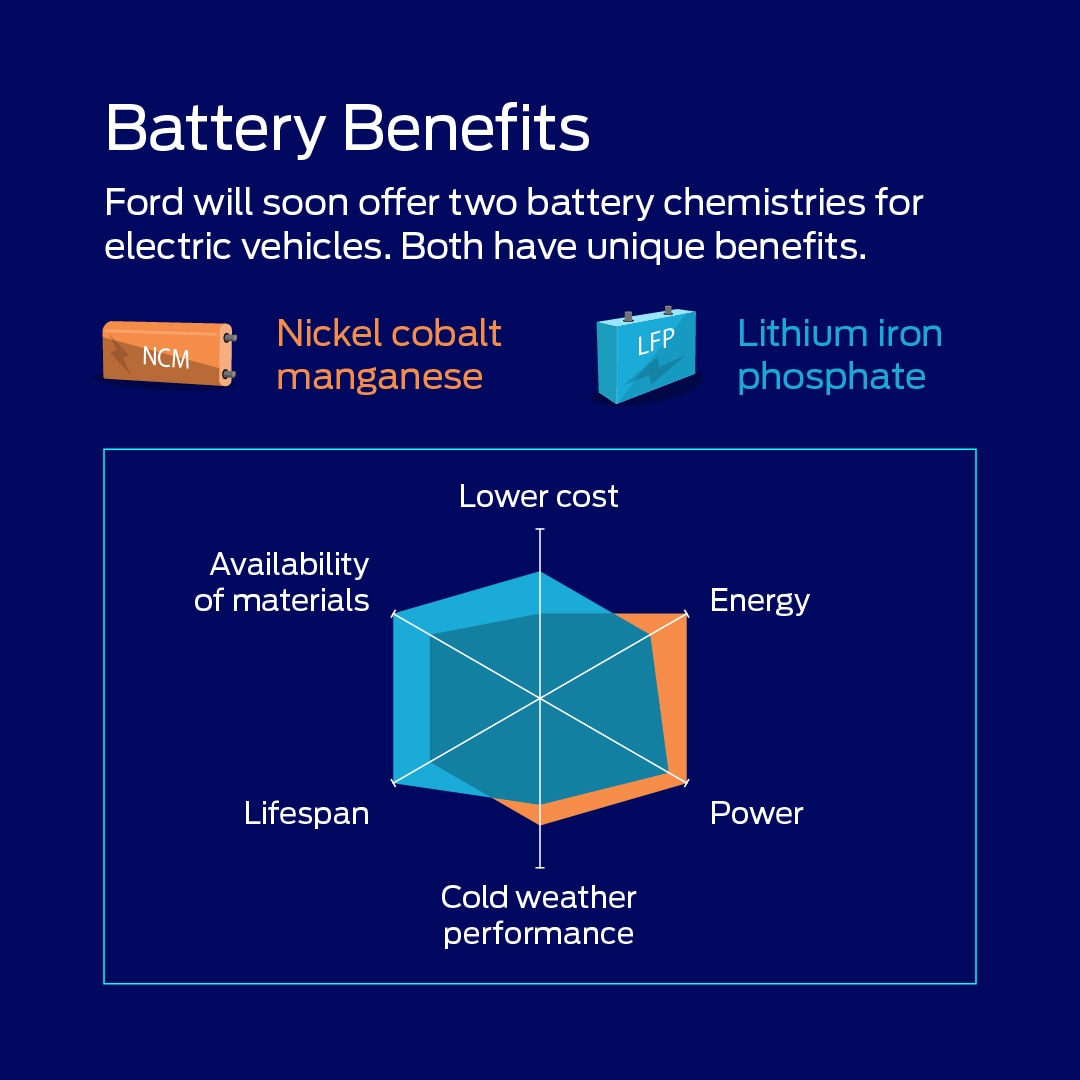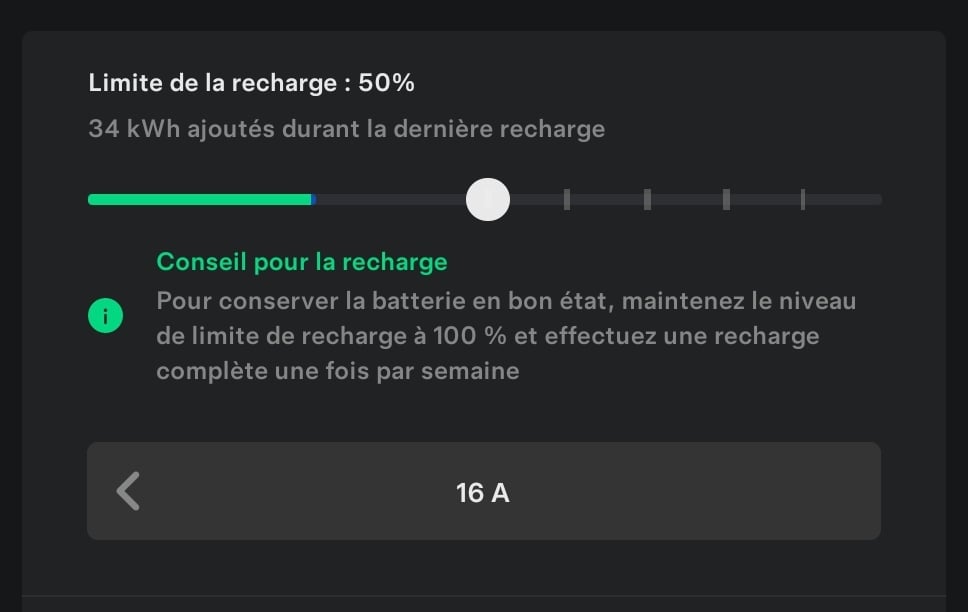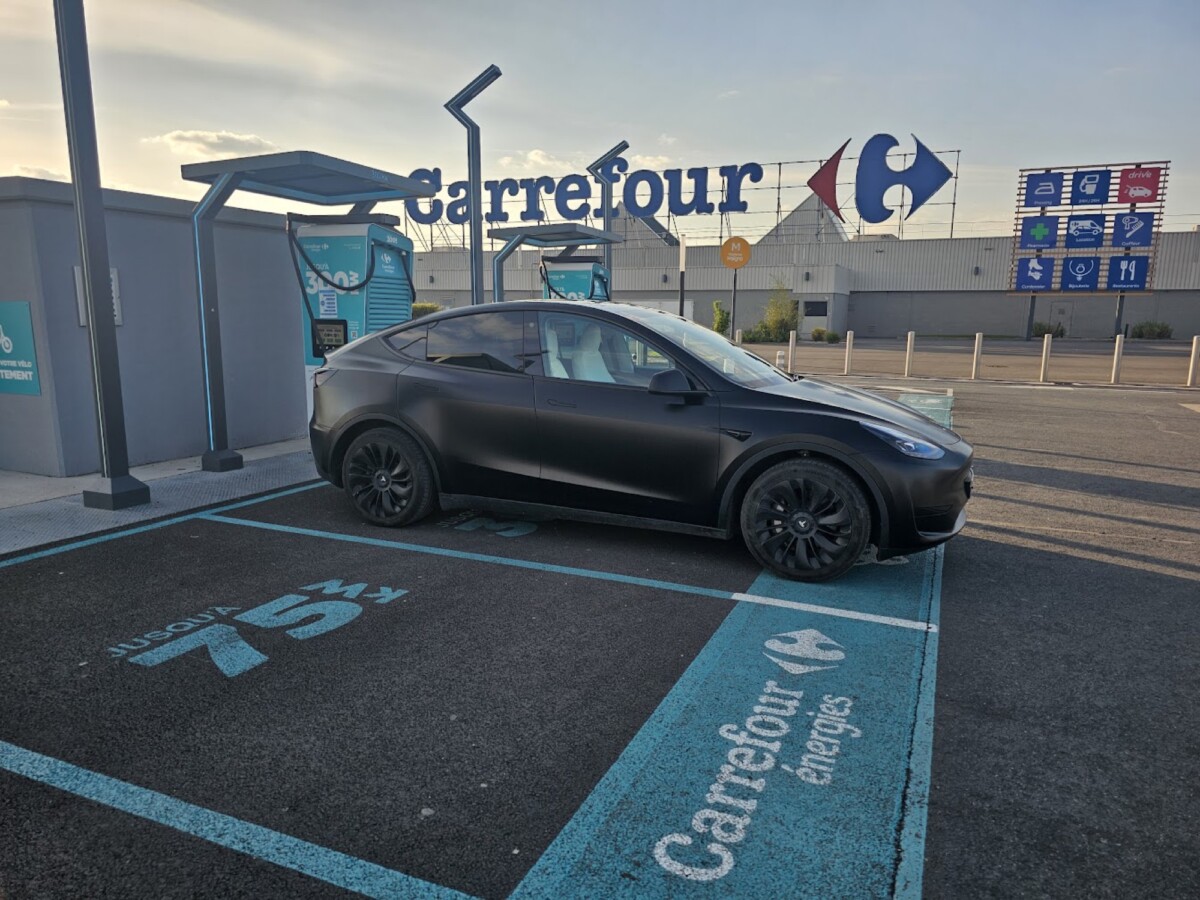A recent study on lithium-iron-phosphate (LFP) batteries has made headlines. The main reason: they would show increased degradation if they are mainly used above 75%. But is it as dramatic as we think?
During the summer of 2024, a study focusing on the degradation of LFP batteries has been published. So far, nothing abnormal: studies on batteries are very frequently published. However, this study has caused a lot of ink to be spilled since, by reading it quickly, one might believe that it provides new information on this chemistry which is widely used today.
In reality, there is nothing alarming, but we will still come back in detail on what we learn, without forgetting a summary of the preconceived ideas about electric car batteries which can be swept away again thanks to scientific research.
LFP batteries are increasingly used for good reasons
In recent years, LFP (lithium – iron – phosphate) batteries have been on the rise for three main reasons: their cost, their ability to frequently charge to 100% and their longevity. Among the most notable examples, we can cite the Tesla Model 3 and Model Y, which have used this battery chemistry since 2021 on entry-level versions – the other versions switching to NMC (nickel – manganese – cobalt) chemistry. .

These Teslas remain what can still be considered the best value for money on the electric market, with very competitive models for around 40,000 euros, but the LFP also opens up access to “affordable” electric cars. », like the Citroën ë-C3, available for less than 20,000 euros ecological bonus deducted.
We’ve already detailed the different battery chemistries in this file, and we’re not going to do it again here. Just keep in mind that LFP batteries do not contain cobalt, and are less expensive than other chemistries today. The fact remains that they are not perfect either, and their energy density (the quantity of energy storable in a given volume) remains behind compared to NMC; concretely, an LFP battery will be larger and heavier than an NMC of the same capacity. Hence the choice of LFP, in general, for “small” batteries.
What does the study carried out in the summer of 2024 tell us?
Titled “The operating range of lithium iron phosphate/graphite cells affects their lifespan” (The Operation Window of Lithium Iron Phosphate/Graphite Cells Affects their Lifetime in English), the study therefore reveals its conclusion in the title: even if they are LFP batteries, the way in which you are going to charge will have an impact on the degradation.
As a reminder, if we consider the best-selling cars in the world last year (Tesla Model Y Propulsion), we find in the mobile application the instruction to recharge to 100% once a week, leaving the limit of 100% charge.

However, in the conclusions of the study, we find the following observation:
Our results show a correlation between the battery’s average state of charge and the rate of capacity loss, meaning that the lower the average state of charge, the longer the battery life.
Eniko S. Zsoldos et al 2024 J. Electrochem. Soc. 171 080527
In other words, to keep the battery in good condition for as long as possible, you should avoid using the highest battery level ranges (75% – 100%).
If we look more closely at the methodology used for this study, we notice that the tests are carried out on a total of 1400 battery cycles, i.e. for a car capable of covering 300 kilometers with its battery, the equivalent of 420,000 approximately kilometers. As a reminder, a cycle corresponds to 100% use of the battery, which can be in one go (from 100% to 0%), or in several times (4 times from 100% to 75%, or 2 times from 60 % to 10%, etc.).
At the end of these cycles, different charge and discharge profiles are compared:
- cycles in the range 0% – 25%
- cycles in the range 0% – 60%
- cycles in the range 0% – 80%
- cycles in the range 0% – 100%
- cycles in the range 75% – 100%
At the end, the degradation of the cells is measured, and the results show that it is greater for cells having completed their 1400 cycles only in the 75% – 100% range.
Once the conclusions of the study have been digested, how can you avoid damaging your battery excessively? First of all, it is important to understand what we are learning: using only the 75% – 100% battery range will degrade the cells more significantly than if you go lower in battery level.
Indeed, the study even shows that the range that degrades cells the least is the range 0% – 25%. So, you might be tempted to stop your charging at 25%, and only drive below this limit if you don’t need a lot of battery on a daily basis. After all, it’s doable, but it’s a safe bet that the comfort and peace of mind of having a much fuller battery matters more to you than its theoretical health over more than 400,000 kilometers.
Over the 1400 cycles, in the best case, the degradation reaches 5% while never exceeding 25% battery. Sweeping the entire range from 0 to 100% battery, the degradation reaches 9%. On the famous range going only from 75% to 100%, 14% deterioration is observed.

Said more explicitly, still imagining an electric car battery which travels 300 kilometers per cycle, after 420,000 kilometers, having the worst charging habits possible, the degradation could reach 42 kilometers of autonomy: that is to say say that you will only be able to travel “only” 258 kilometers if you did 300 with the new battery.
In the best case scenario, you would only have lost 15 kilometers of range, and more realistically, around 27 kilometers would be lost after 420,000 kilometers traveled. However, is it necessary to have a draconian recharging policy to save 12 kilometers of autonomy on the equivalent of almost 40 years of driving for an average French person? Probably not.
Should you stop charging an LFP battery to 100%?
On NMC batteries, good practice is to limit the charge to 80% as often as possible, and keep the charge at 100% only for long trips where it is essential to arrive safely. It is possible to have the same policy on LFP batteries to improve their lifespan, of course.
To go further
Why some electric cars need to be charged to 80% and others to 100%
However, if for example Tesla advises charging once a week to 100% on its LFP batteries, it is not for nothing. The battery management system needs to recalibrate more frequently for this type of battery than for others. Thus, 100% will be synonymous with a 100% charged battery, and 0% with an empty battery. If an LFP battery is poorly calibrated, you could get to 5% and have a nasty surprise when you find yourself at a complete stop. A calibration (via a complete recharge) will bring the system back into line.
There is therefore a happy medium to be found, which still allows the 100% charging instruction to be respected on a weekly basis. For example, if you only use between 10 and 15% of your battery every day, there is no need to plug it in every day to find it at 100% every morning: only plan one charge during the week, and you will then be able to use the car all week sweeping the entire battery range from 0 to 100%.

Likewise, if you are using 25% battery, charging every 3 days will be less degrading in theory than plugging it in every day when reaching 100%. In any case, keep in mind that the difference in terms of autonomy lost or retained over the entire life of your vehicle will probably be counted in around ten kilometers at most.
Tesla — like any other manufacturer — has no particular interest in giving you charging habits that will excessively degrade the batteries. Indeed, with battery warranties of 8 years and 160,000 kilometers, harmful behavior would result in forcing them to replace defective batteries. And if there are many actions that manufacturers do not want to have to do in large numbers, it is these.
Finally, let us remember, once again, that the batteries in our electric cars last over time. Tesla reports an average loss of 15% initial capacity after more than 200,000 miles (approximately 322,000 kilometers) of use, while a recent American study estimated that only 2.5% of the batteries in electric cars in circulation had to be replaced.
Source: www.frandroid.com


